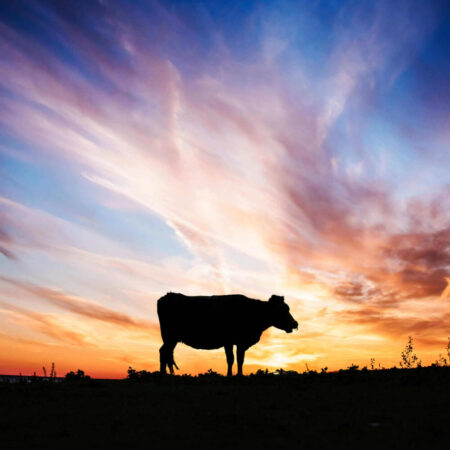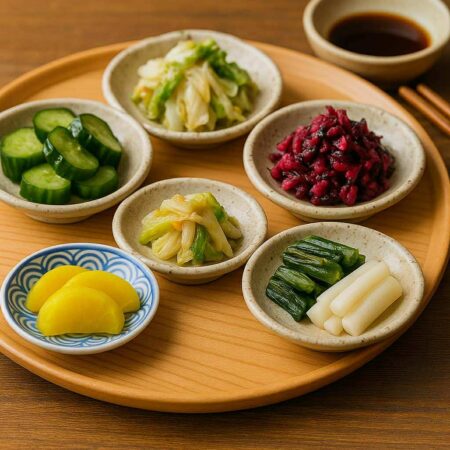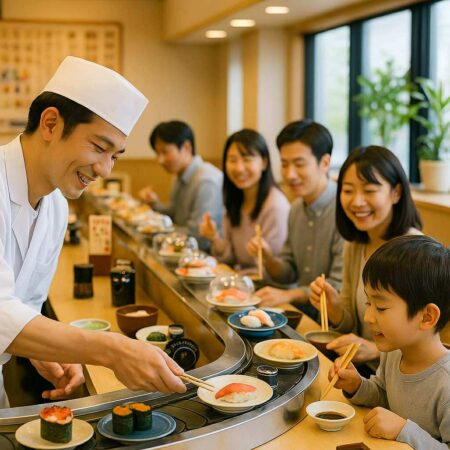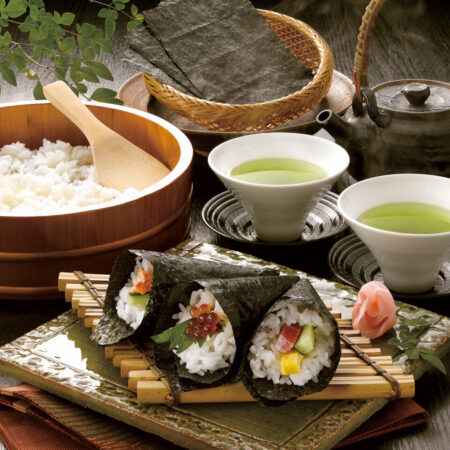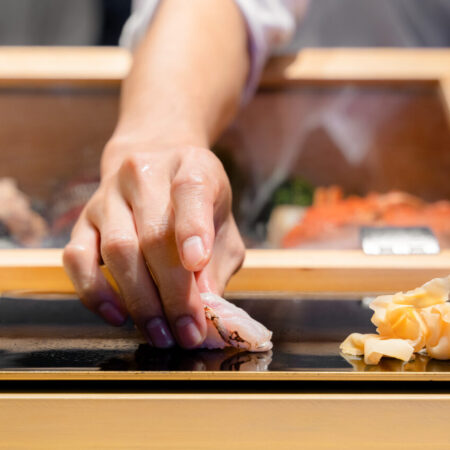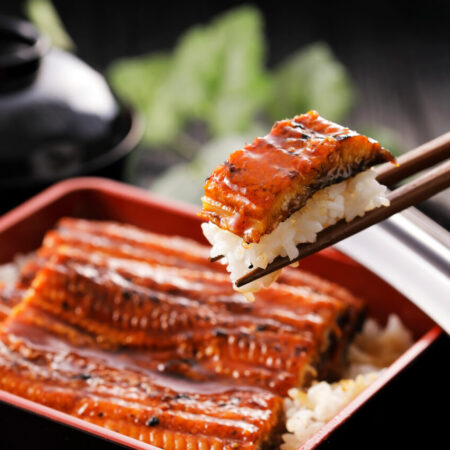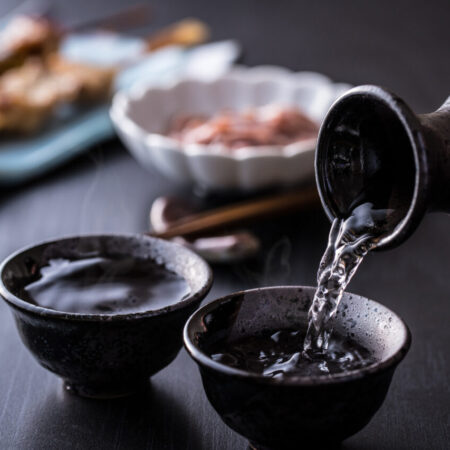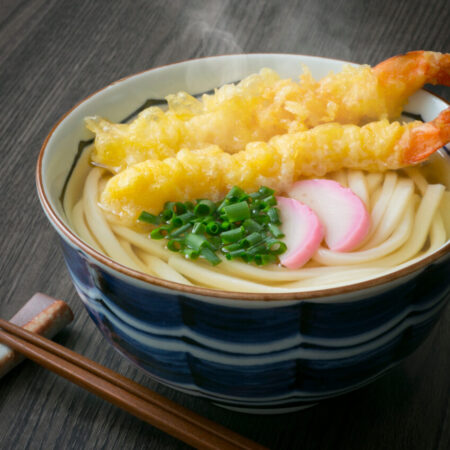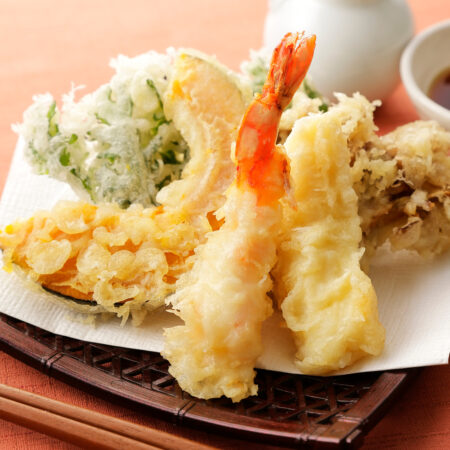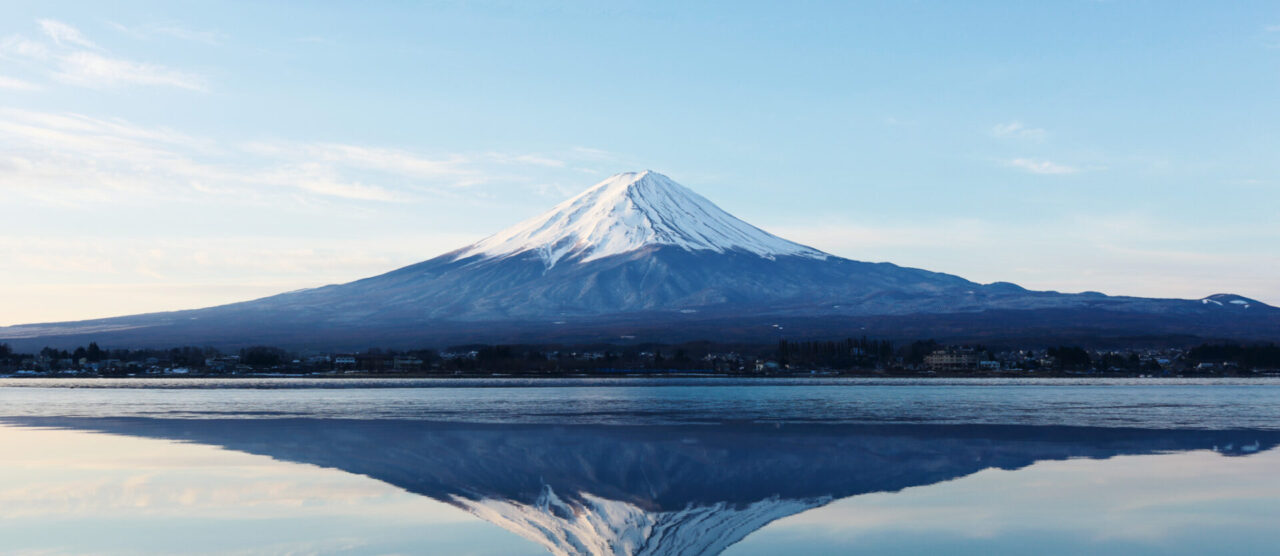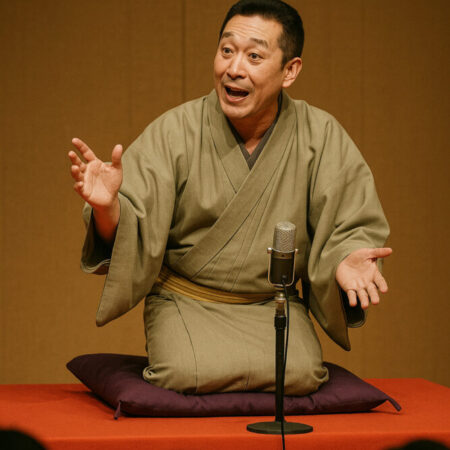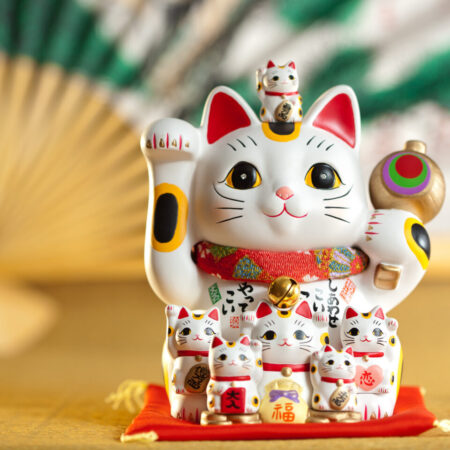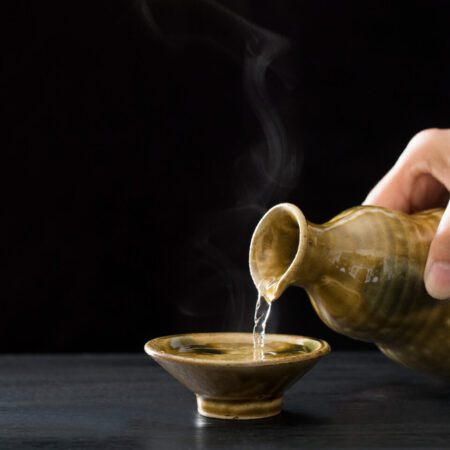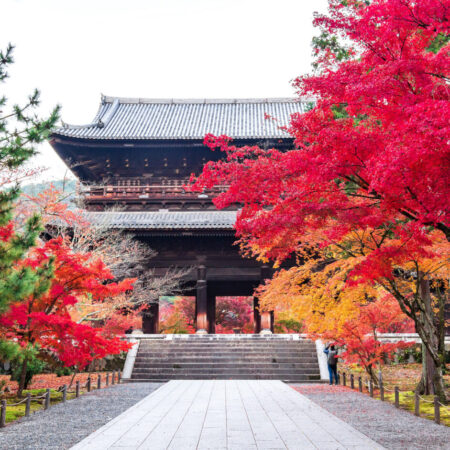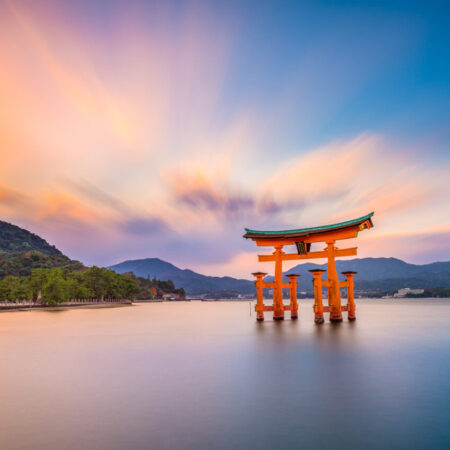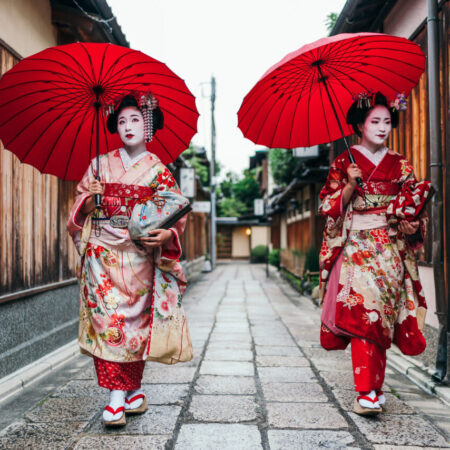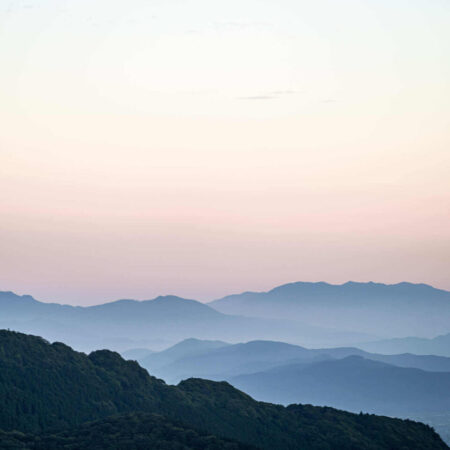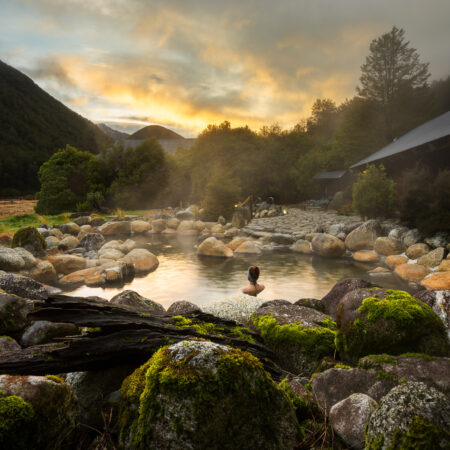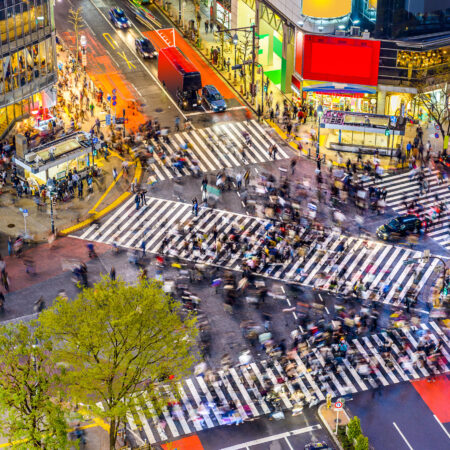1. Introduction — The Mountain as an Archetype of Prayer
In Japan, mountains are not inert scenery — they are beings.
They watch, they breathe, and they test those who enter.
From the Kojiki (712) onward, mountains were regarded as sacred thresholds — places where humans could encounter the divine through humility and endurance.Mountains are not climbed — they are entered.
2. Mount Fuji — The Anxiety of Perfection
History & Faith
Mount Fuji (3,776m), straddling Yamanashi and Shizuoka Prefectures, has long been Japan’s spiritual axis.
Eruptions in 864 and 1707 shaped its dual identity as both creator and destroyer.
The Fuji faith (Fujisan Hongū Sengen Shinkō) venerates Konohanasakuya-hime, goddess of transience and fertility, enshrined at Fujisan Hongū Sengen Taisha.
Access & Etiquette
Main Trailheads: Yoshida (Yamanashi), Subashiri, Gotemba, Fujinomiya (Shizuoka).
Climbing Season: Early July – Early September only. Outside this period, huts are closed and conditions become life-threatening.
Rules:
- Always register your climb and carry warm clothing; temperatures can drop below 0°C even in August.
- Respect the “Fujisan Manners” — do not shout, play music, or leave offerings on summit stones.
- Women were banned until 1872, but many shrines along the trails still retain quiet gendered symbolism.
- The mountain grants ascent only to those who know how to bow.
3. Mount Kōya — The Eternal Meditation
History & Faith
Founded in 816 by Kūkai (Kōbō Daishi), Kōyasan (Wakayama Prefecture) became the heart of Shingon Esoteric Buddhism.
Its eight surrounding peaks form a lotus-shaped valley — a living mandala representing the universe.
At its core lies the Okunoin Cemetery, where over 200,000 souls rest beneath cedar trees, awaiting enlightenment.
Access & Etiquette
Access: From Osaka’s Namba Station, take the Nankai Kōya Line to Gokurakubashi Station, then transfer to the cable car.
Visiting Hours: Most temples (including Okunoin) open sunrise–sunset.
Rules:
- No photography near Kōbō Daishi’s Mausoleum.
- Avoid loud voices; remove hats when entering temple precincts.
- Many monks still walk the path barefoot — silence is considered part of the prayer.
In Kōya, silence itself is a sutra.
4. Mount Haguro — The Forest of Rebirth
History & Faith
The Dewa Sanzan complex in Yamagata Prefecture represents the triadic cycle of existence:
Haguro (life), Gassan (death), and Yudono (rebirth).
Founded by Prince Hachiko in the 6th century, these mountains are sacred to Shugendō — an ascetic path merging Buddhism, Shinto, and mountain practice.
Access & Etiquette
Access: From Tsuruoka Station (Yamagata), 40 min by bus to Haguro-san Zuishinmon.
Best Season: May–October (snowfall makes access difficult).
Rules:
- Climbing in silence is encouraged — the 2,446 stone steps are a pilgrimage of breath.
- Photography is permitted but avoid drone use.
- The summit shrine, San-jin Gōsai-den, prohibits shoes beyond the gate — bare feet connect to purity.
Each step on Haguro is a heartbeat — 2,446 ways to return to life.
5. Mount Osore — The Wind of the Dead
History & Faith
Founded by the monk Ennin (Jikaku Daishi) in the 9th century, Osorezan in Aomori is believed to be the gateway to the afterlife.
Its sulfurous terrain mirrors the Buddhist landscape of the afterworld: both hell (jigoku) and paradise (gokuraku).
Every summer, the blind mediums (Itako) conduct spirit-communication rituals — living remnants of Japan’s ancient shamanism.
Access & Etiquette
Access: From Mutsu Station (Aomori), 45 min by bus to Osorezan-mae.
Visiting Season: May–October (closed in winter due to snow).
Rules:
- Do not take stones or soil — they are considered remnants of souls.
- Photography of Itako during rituals requires permission.
- The smell of sulfur can be overwhelming; masks are recommended.
The wind of Osore carries more than heat — it carries memory.
6. Epilogue — What Do You Climb For?
Each sacred mountain is both a geography and a theology.
Fuji teaches awe, Kōya teaches stillness, Haguro teaches renewal, and Osore teaches grief’s tenderness.
Together, they outline a moral map of Japan — where faith is not a doctrine, but a way of walking.
To climb is to remember — that you, too, are part of the mountain.



